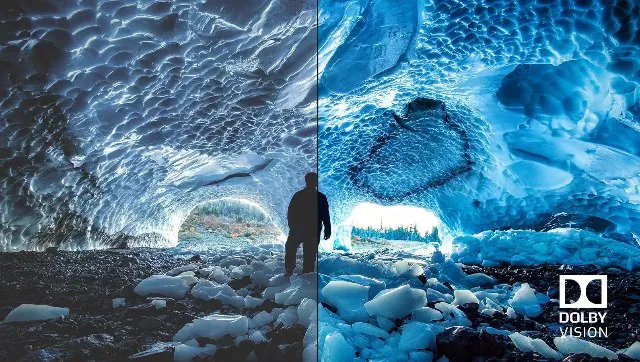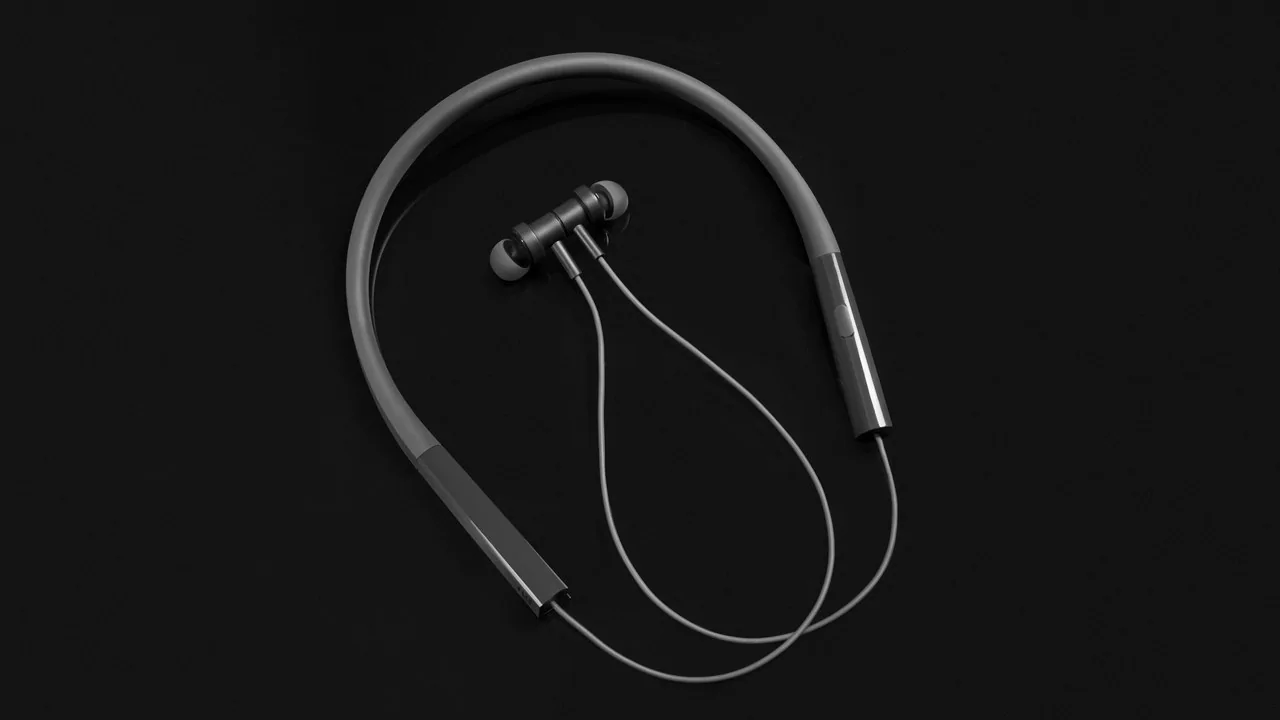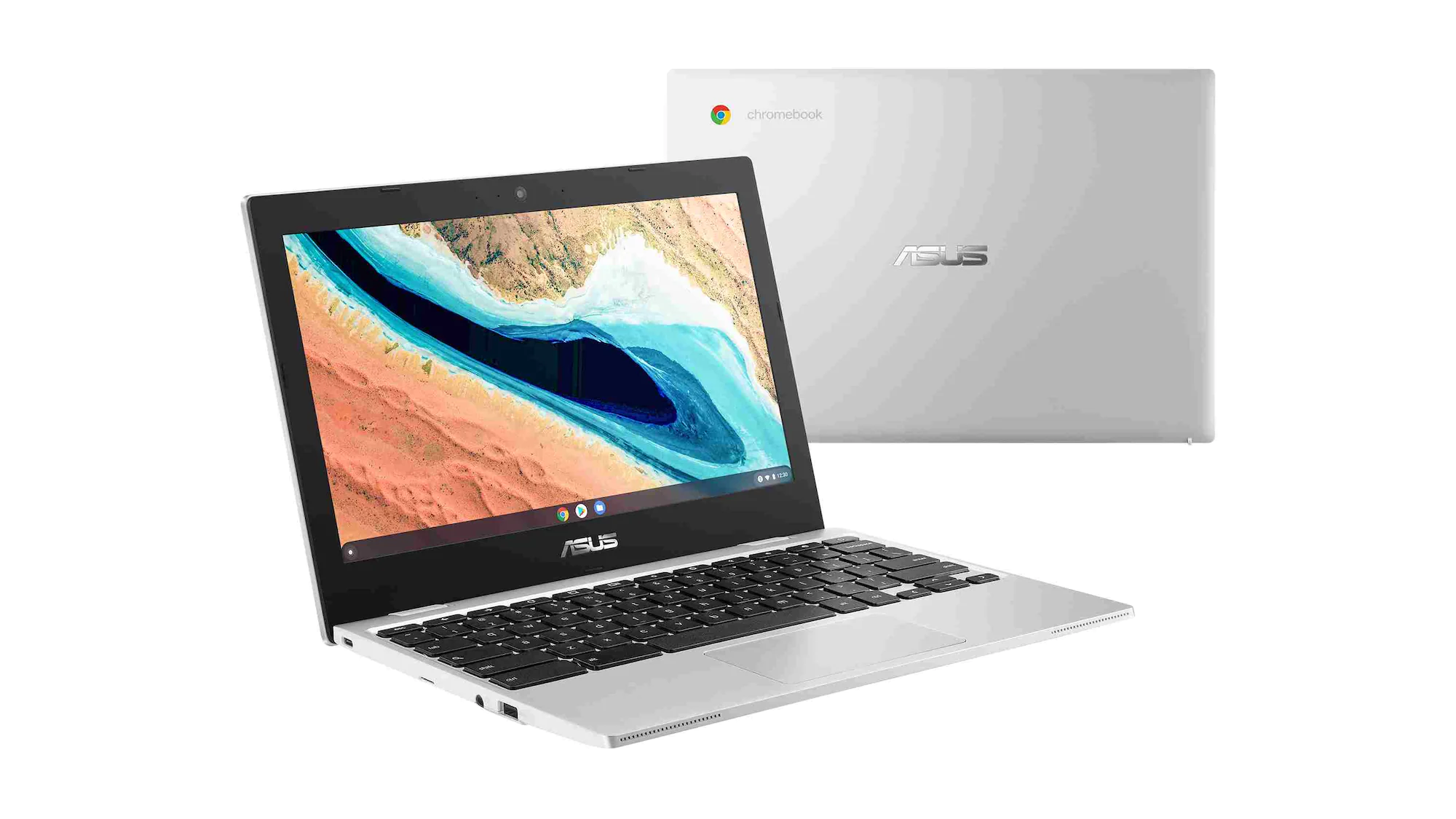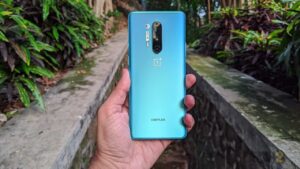Mehul Reuben DasAug 12, 2022 16:09:23 IST
Most people know by now what exactly Dolby Atmos is. Even people who aren’t that into tech can testify that Atmos make some of the best surround sound systems. It has been 10 years since Dolby Atmos entered the Indian market, and forever changed the manner in which we think of, and consume content.
What most people aren’t aware of, is that Dolby Laboratories also make Dolby vision, one of the best standards for HDR or High Dynamic Range videos. So much so that Netflix and a bunch of other OTT services have selected them as their preferred HDR standard.

At its core, Dolby Vision is a set of technologies that are used to create and display video content using High Dynamic Range. This results in much more vibrant and “life-like” visuals.
Think of the last time you went to see a movie and were really impressed by the sound as well as the visual experience. Chances are that the engineers at Dolby had something or the other to do with it.
But what exactly does Dolby Vision entail, and more importantly, how does it work? Who better to answer these questions than Dolby themselves? We had a chat with Jayant Shah, Director Apps & Solutions Engineering, Emerging Markets at Dolby Laboratories and Sameer Seth, Director of Marketing, Dolby India, and discovered that Dolby’s involvement in content, its creation and consumption goes much deeper than one might believe it to be. Edited excerpts:
Not many people are aware of this, but Dolby Laboratories is not just limited to Atmos, its surround sound systems. From content creation to content consumption, in what all avenues are Dolby involved?
Sameer Seth: Dolby’s involvement in the content ecosystem can be divided into 3 verticals: content creation, content distribution and content consumption.
We work extensively with content creators like filmmakers, colourists, sound engineers, and sound designers from across the world, and provide them with Dolby’s codecs and different technologies to help them create what they envision.
Then there is the distribution part, where all your set-top boxes and streaming services come into play.
Finally, we have the consumer devices or the playback devices. This would include your sound systems, televisions, mobile devices etc.
This becomes important as both consumers and content creators want that consumers are delivered a piece of content exactly how the creator had envisioned it to be, in an uncompromised manner, no matter how they are consuming the content.
Only then will the consumer get the best content-consuming experience. If any of these links is missing, the entire experience falls flat on its face.

One major reason why Dolby Vision offers better quality over open HDR standards, is because Dolby works closely not just with TV & monitor manufacturers like LG and Sony, but also with filmmakers, colourists, editors and content distributors like Netflix & Disney Hotstar,
We know how Dolby Atmos, and Dolby’s Surround Sound system work. What most people don’t know is how Dolby Vision works. What does Dolby Vision entail and how does it work?
Jayant Shah: At its core, Dolby Vision is High Dynamic Range video content. Television standards today are over 50 years old. The kind of colours that can be represented on the screen was actually designed for CRTs.
Because of that, there were severe limitations on the spectrum of colours that could be displayed on modern TVs. The panels we have now are way advanced for the standard that we had, we can display a lot more colour, contrast and brightness.
About 15 years ago, we started working with consumers and studying their behaviour. We worked with them to find out how bright is bright, how dark is dark – basically, what works for them. The range that we found that would work with normal consumers was actually very interesting. We found that some people found 8,000 nits or 10,000 nits of brightness was completely acceptable, whereas most TVs output about 100 nits of brightness today.
Then there is the colour profile that most people liked. Rec. 709, the colour specifications used for TVs, has a very small spectrum of colours compared to what can be used and viewed on a panel today.
Based on our findings, we built a technical specification that would allow TVs and screens to output much higher brightness, at about 10,000 nits and much darker blacks, and give videos a wider and better dynamic range. We also enhanced the colour spectrum massively.
In a nutshell, Dolby Vision gives creators and viewers a lot wider colour gamut and a lot more dynamic range. Our standard also incorporates a high frame rate and is independent of resolution. Dolby Vision is not at all about making more pixels for viewing. It is about creating better pixels.
Sameer Seth: This year we will be celebrating 10 years of Dolby Atmos in India, so it has been there in theatres and in OEM devices for a very long. Dolby Atmos started in the cinemas of India, in the theatres and multiplexes, whereas Dolby Vision started in the living rooms of India. Dolby Vision came to India in 2017-18, with LG’s first OLED TVs with Dolby Vision.
Maybe that is why there is a lack of consumer awareness of what exactly Dolby Vision is and what it can do. In India, we don’t have cinemas that can playback Dolby Vision, but we have multiple OEM partners who have multiple televisions and playback devices that have Dolby Vision.
If you look at a typical living room in India and the televisions, tablets and mobile devices that people use to consume content, you’ll find that the penetration of Dolby Vision and Dolby Atmos are almost the same. That is also why more and more filmmakers, editors, colourists and distributors like OTT services want to get on Dolby.
Atmos has had a head start, but Vision has definitely caught on. When both of these technologies, Vision and Atmos come together in one form factor, users get the best experience.
How different is Dolby Vision from HDR10?
Jayant Shah: The whole concept of delivering content in High Dynamic Range is based on the metadata embedded with the piece of content. The metadata contains all sorts of information that would be relevant for a panel to recreate an image. It has information like, what should the average and the highest brightness be, how dark should the darkest bits be, what colour profile should be used to grade a scene etc.
Standards like HDR10 use static metadata, which means the entire piece of content has one set of data to work with. In such a case, a display will use the same set of data across different scenes. The video or the piece of content can either be optimised for the dark scenes or, the well-light, bright and vibrant scenes, not both of them.
To counter this, you need dynamic metadata which Dolby Vision uses. This gives content creators far better and more nuanced control over how the piece of content should get projected.

Most HDR standards use static metadata, because of which a video can never be truly optimised. Dolby Vision uses dynamic metadata, which contains more nuanced and detailed information, thus improving scenic optimisation.
HDR10+ uses dynamic metadata, but then, they don’t have the same ecosystem that Dolby Vision has. Because we work with content creators, distributors and different OEM partners, as of now, HDR10+ is not an end-to-end solution like Dolby Vision.
What does it take for a TV or a monitor to get a Dolby certification?
Jayant Shah: Broadly, there are two sets of tests, for functionality and picture quality . For functionality testing, we see whether all the inputs work the way they should and determine whether the decoding takes place where it should. We will also check how well the audio and the video sync, and whether the Dolby Vision codecs and profiles work properly. We will also check the transition between different types of content and how well the product handles it etc.
In picture quality tests, we check the product objectively as well as subjectively. For objective tests, we measure the colour performance, brightness etc. and compare it against a reference monitor for a number of parameters, which is data-driven. The display needs to get close to the reference monitors in order to get a certification.
Then there are subjective tests where people look at real-world content on these displays and see how close they can get to the creator’s intent.
Along with this, there are a bunch of other tests as well. Based on our findings, we either issue a certification or tell our OEM partners what all needs to be done to get a certification.
Netflix and Disney Hotstar have chosen Dolby Vision as their official HDR format. Will we see more streaming services take that route? Will we see more regional OTT players adopt Dolby Vision?
Sameer Seth: This is actually one of our key focus points for India and other emerging markets. We want to ensure that not just global content and services, but more and more local content and local services are enabled with both Dolby Vision and Dolby Atmos. There are a lot of local services and local content in different languages that we want to get involved with. Our effort is to get more and more local services that deal with content in different languages on Dolby Atmos and Dolby Vision, and I am happy to share that we are working extensively on that front.

Most OTT services are very particular about the visual quality of the content filmmakers bring to them. Platforms like Netflix, Prime Video and Disney + Hotstar have selected Dolby Vision as their preferred HDR format.
What all collaborations will users get to see between smartphone manufacturers and Dolby, especially with regards to Dolby Vision?
Sameer Seth: A lot of our OEM partners are bringing Dolby Vision devices, so it has been a great start for the technology and it is only going to grow. The “better together” experience, that is Dolby Vision and Dolby Atmos combined, is something that is gelling well because the consumer gets the best content consumption experience. It is only a matter of time before we see more and more devices at different price points that come with Dolby Atmos as well as Dolby Vision.
What are Dolby India’s plans for the next year?
Sameer Seth: There are a couple of key imperatives that we have for Dolby in India. There is a lot to be done on the content creation side of things, especially in a country like India, where we have barely scratched the surface.
Our technologies thrive when we democratise content and the consumption experience to such a level that it is accessible even to the lowest denominators, across languages and distribution services. This will always be an ongoing process and will go beyond 12 months.

Dolby plans on providing their technologies, especially Dolby Vision, across various price points through their OEM partners. This means more smartphones will come with Dolby Vision and Dolby Atmos.
The next focus is on the experience side, with devices. Our market is a consumption-oriented market, where our global OEM partners are shipping a lot of devices. We would like to see them grow and see that our technologies are in their devices to ensure that consumers across different price points get differentiated and better content consumption experiences through them.










